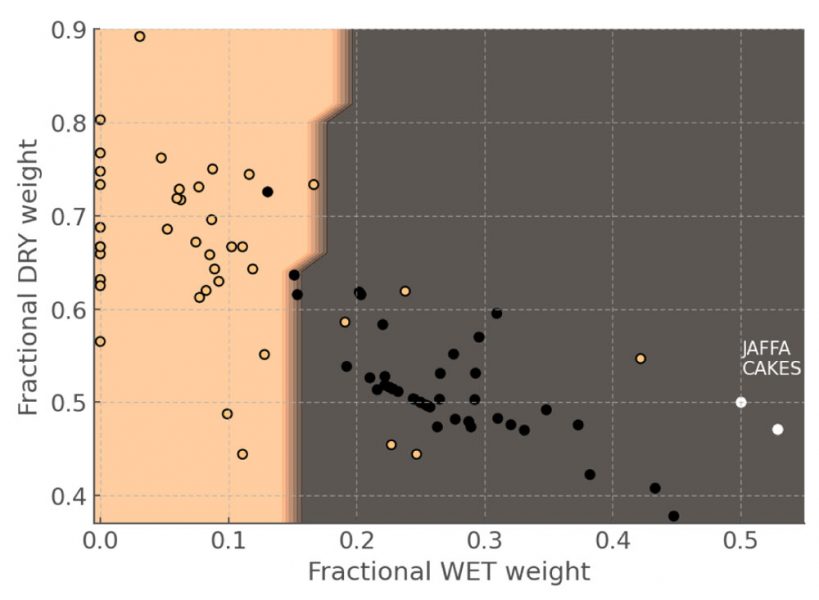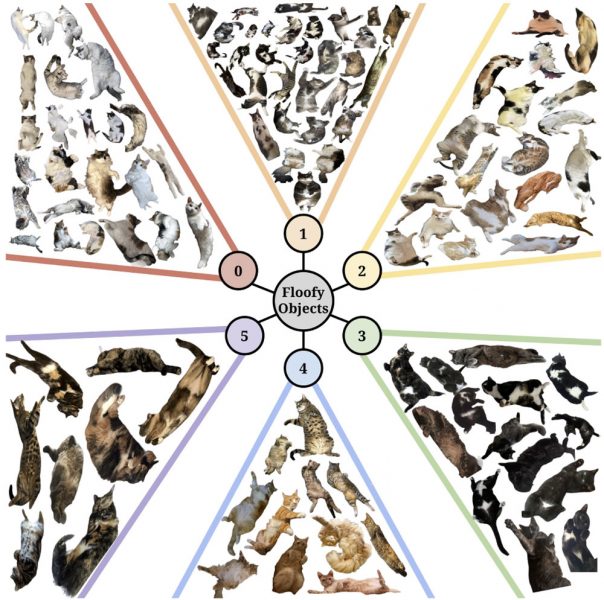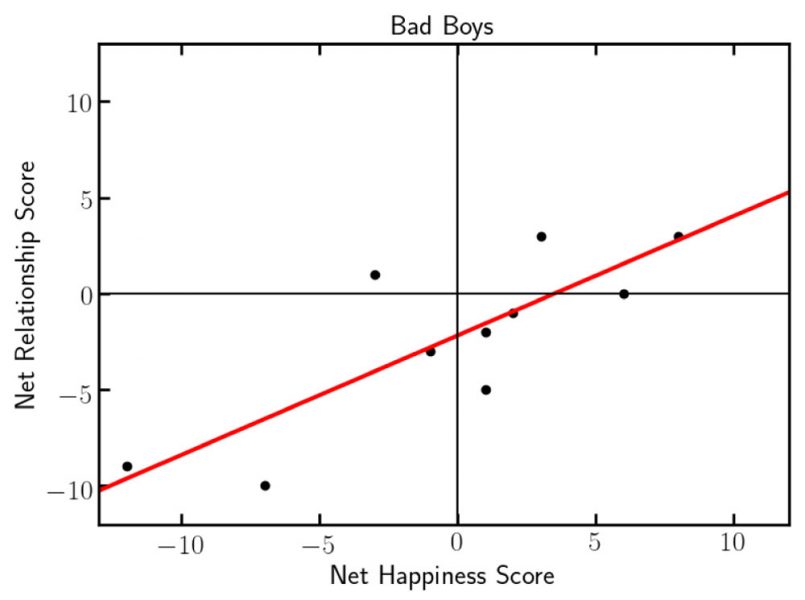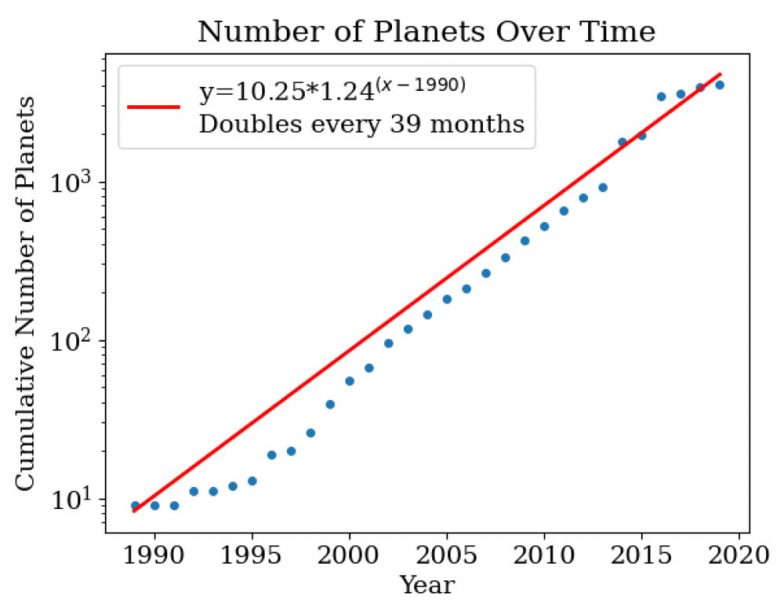Every year for April Fools’ Day, astronomers spend their copious spare time applying their craft to the true problems of the universe. Then they post the astonishing results to the arXiv’s preprint server.
The tradition goes back a long way. In “Science Spoofs, Physics Pranks and Astronomical Antics,” Douglas Scott (University of British Columbia) notes one of the earliest vernal spoofs. Michael Scot, court astronomer to Frederick II of Sicily (1175–1232) wrote a dialogue between a wise man and a simpleton, the latter referred to as “Sir Lupus Fiat” — an anagram of “Aprilis Fatuus” (Latin for “April Fool”).
The tradition continues apace and we’ve collected some of the best entries for your enjoyment:
One study is sure to light up discussion in the UK, where folks like to argue about the difference between cakes, cookies, scones, and biscuits. “Using Artificial Intelligence to Shed Light on the Star of Biscuits: The Jaffa Cake” by Heloise Stevance (University of Auckland) heedlessly joins the fray.
Setting artificial intelligence algorithms loose on a data set of 51 biscuit recipes and 41 cakes, Stevance then asks the program to sort two Jaffa Cake recipes — are they cake or biscuit? The decision: cake, just like the name says. According to Stevance, this seminal work is “beyond questioning and we will not be taking constructive criticism on the small sample size.”

H. F. Stevance
Humor probably wouldn’t exist if it weren’t for cats, so it’s appropriate that this epic study on "Detection of Rotational Variability in Floofy Objects at Optical Wavelengths" led by Laura Mayorga (JHU / APL) was released today. Mayorga somehow manages to talk about cats for ten pages as if they were planetary bodies, without ever explicitly saying the word “cat.” This meticulously cited paper includes a magnificent set of charts, tables and graphs supporting the discovery of six distinct clusters of these so-called “floofy objects.”

Mayorga et al. 2021
Another study analyzes the rejuvenation of a certain class of stars called blue stragglers. “The Secret of the Elixir of Youth of Blue Straggler Stars" by Henri Boffin (ESO) suggests that if we “manage to find out the secret of why some stars appear younger than they are, this could have many practical applications”. His analysis of “FARCE” telescope data yielded joyful results:

Boffin, W.H.Y. Can't, I. Sleep / The Astronomical Enquirer
Taylor Swift has had a solar system–size influence on pop culture, so much so that even astronomers know about her. The study "I Knew You Were Trouble: Emotional Trends in the Repertoire of Taylor Swift" by Megan Mansfield and Darryl Seligman (University of Chicago) uses statistical analysis to show how her music has changed over time.
As a public service, Mansfield even wrote some code which “takes user input on their current relationship status and emotional state and provides suggestions of suitable Taylor Swift songs to match their mood.” You’ll need python installed on your machine to run it. This author did a test run and discovered that her song is apparently “Love Story.”

Mansfield & Seligman
Last is a dire warning from Michael Lund (Caltech), reported in “The Existential Threat of Future Exoplanet Discoveries.” Most people know that the number of exoplanet discoveries has been rising exponentially since the first sighting in the 1990s. But until now, no one had considered what this could signify if the rate continues unabated. Lund remarks that “this rapid increase in planetary masses may have disastrous consequences for the future of humanity.” Namely, a black hole will form as a result of all these exoplanets-gone-wild, destroying Earth in 230 years, give or take a few.

M. Lund
This round of April Fools' offerings proves that astronomy can inform and enrich every aspect of your life. So to distract yourself from the coming black hole apocalypse, turn on some Taylor Swift, sit down and have a Jaffa cake or three, and pet your favorite floofy object.
 1
1









Comments
Eric Rachut
April 2, 2021 at 5:28 pm
Opened as PDF.....this is a GAS! Thanks!
You must be logged in to post a comment.
You must be logged in to post a comment.